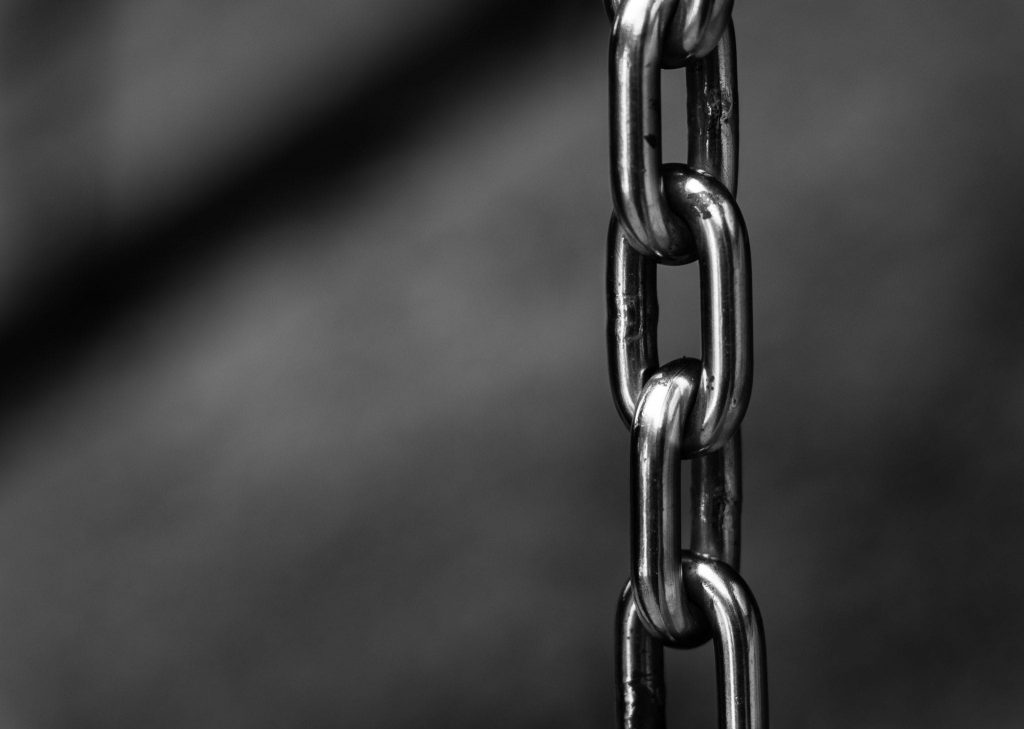
Regardless of the material, be it plastic, concrete, metal, or something else, 3D printing is mass production technology, and mass production will always be slower than parallel production.
This does not mean that 3D cannot be used for production; it’s just that no one has figured out a way to speed up the process; to volumetric production speeds – so far.
Desktop Metal
Desktop Metal invented a technique that he said is not only 100 times faster than existing 3D metal printing systems but can also make metal printing 10 times cheaper.
It is preparing to launch two systems: an economic model for low-volume use and another for use in production.
As of a few months ago, the company still did not have a final product. But what it was able to demonstrate has gained impressive credibility to date – worth $212 million.
This is the total venture capital the company has raised so far, including the recent D-Series funding that brought in $115 million from some of Silicon Valley’s most famous money houses, including Google Ventures, along with BMW, GE.
Metal printing
To date, metal printing is different from conventional plastic 3D printing. Plastics can be heating and precipitating, with each successive layer naturally bonding to the bottom layer as it cools.
Metal printing, on the other hand, relied on the use of lasers to agglomerate successive layers of metal powders. These printers are expensive, slow, and require qualified personnel. They are usually using for very complex and specializing parts.
Desktop Metal is a startup founded in 2015 by several MIT researchers, including co-founder Eli Sachs, who filed one of the first patents for 3D printing.
New method
The company has developed a method in which metal powders are mixing with a fluid binder polymeric. The printer extrudes a layer of substance layer by layer in a manner more similar to plastic printers. The binder “beats” the metal powder into predictable shapes, as explained by the MIT Technology Review. Each part passes through a deflector (which removes most of the binder polymeric) and one stage of agglomeration.
The low-volume system is capable of printing up to 24 cubic inches per day. And it is with a maximum resolution of 50 microns, according to the company.
Partly because the lasers are not involving the system. But they can be easy to maintain and easy to operate, according to the company. All you need, according to the company, is “power and Internet connection” – a development system based on cloud technology.
The materials used in Desktop Metal are widely available because they are used in metal casting. The variety of printed materials includes several types of:
- steel,
- aluminum,
- titanium, as well as superalloys (Inconel, cobalt, chromium, Hastelloy).
The company plans to soon introduce a model of small size. The printer and oven together will cost $120,000. The company plans to introduce a full-size version in the future.
With this model, the company will compete less with other manufacturers of 3D printers than with the established metallurgical industry based on traditional forging, casting, and stamping.
On the one hand, this is a huge challenge, but on the other hand, the global metalworking business is huge. And, in this case, the company needs to fix it, but do everything for the market share is thriving.
Picture Credit: Pexels
